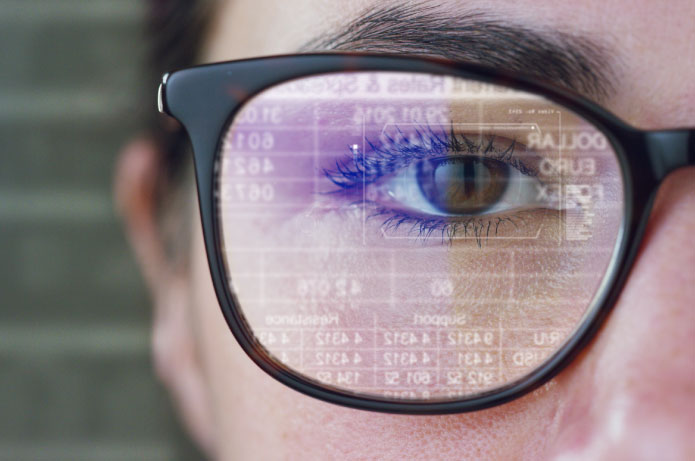For some time, I have been pointing out that stores have ceased to be mere points of sale. At NRF 2024, this transformation became even more evident: physical spaces have evolved into true stages of experiences. It is precisely from this movement that the concept of retailtainment, the union between retail and entertainment, emerges, where the customer’s experience takes center stage.
In retail, the consumer’s journey is sensory, and the product, no matter how valuable, becomes a supporting player in the face of the experience that surrounds it. This transformation is what we call retailtainment, a fusion of ‘retail’ and ‘entertainment’ that marks this era of consumption.
Major brands have understood that contemporary luxury is no longer just about what one has but about what one feels. The perceived value shifts from being concentrated on possession to residing in the experience. It is not just about exclusivity but about evoking memorable sensations and creating authentic emotional connections with consumers. This is the so-called experience economy, an evolutionary stage of consumption that places experience at the center of purchase decisions.
This turning point is evident in high-end stores, which are starting to resemble art galleries more and more. Global brands now exhibit their products as true works of art, in sophisticated environments that inspire admiration and desire. Tiffany & Co. is an iconic example of this strategy. With the recent opening of the Blue Box Café in Brazil, the jewelry store turned a cinematic setting into a real experience, allowing its customers to live out the famous ‘Breakfast at Tiffany’s’ in practice. The result? The brand ceases to be just a jewelry store and becomes a lifestyle.
We are moving from the era of possession into the era of presence. Brands like Gucci, Louis Vuitton, and Dior are already operating in this new format. Their physical spaces not only sell products but also tell stories, evoke feelings, and stimulate all the senses. Glass windows are being replaced by sensory windows that transport the consumer to universes often Instagrammable and deeply personal.
Even with the closure of stores like Macy’s and The Body Shop, it is possible to see a reinvention of the role of physical stores. The idea that e-commerce would end physical stores is outdated. What is strengthening is smart and emotional omnichannel. The customer may start their journey online, but seeks in the physical store an experience that adds value to their decision. And when well executed, this experience turns the sale into a natural consequence.
Strategies like showrooming, product testing, and immersive environments are gaining strength in sectors like technology, beauty, and fashion. These are actions that put the consumer at the center of the experience and stimulate a more secure, enjoyable, and lifestyle-aligned decision.
In Brazil, this trend finds fertile ground. The national luxury market is growing above the global average, with optimistic projections up to 2030. Brands that previously hesitated to invest in the country now compete for prime spaces in high-end malls and streets, focusing not only on their products but on creating unique, ephemeral, and desirable experiences.
Retailtainment is no longer just a differential. It is a new format that affects the sensory and emotional, that communicates with the meaningful. It is the store as a stage, the customer as the protagonist, and the experience as the show. And in this new scenario, whoever captivates first, wins forever.








